S3T March 29, 2024: Zombie projects, Gr00t, Floating architecture, Pig kidneys, multi-gen housing, GPT adoption...

Welcome to S3T, the essential newsletter, podcast, and learning platform for change leaders. Every week we review the top developments and insights you need to stay ahead of the curve, build your leadership skills, and drive intentional beneficial innovation.
🎧 Listen to this episode on the S3T Podcast - Be sure to follow the S3T podcast so you never miss a show!
🦉 In this edition of S3T:
- 📈 Economic Growth & Challenges: New figures reveal the US economy grew by 3.4% in Q4 2023, slightly higher than initially reported. Despite this, employment in a third of states lags behind pre-pandemic levels, and consumer sentiment has dipped.
- 🔒 Food Insecurity Focus: 15 states are blocking a crucial food security program for 8 million children, exacerbating summer food insecurity. This highlights the pressing issue of health equity and the need for comprehensive solutions to food deserts and related disparities.
- 🏠 Housing Trends Transformation: The trend of smaller homes continues, marking the 9th consecutive year of reduction in size. Coupled with a significant increase in multigenerational households, these trends reflect changing economic realities, and may help explain consumer sentiment.
- 🌍 Climate Innovation - Floating Worlds: Koen Olthuis and Waterstudio lead groundbreaking efforts in floating architecture, offering sustainable and adaptive solutions for communities threatened by rising sea levels. This innovative approach showcases a future of resilience and sustainability.
- 🤖 Tech & AI Evolution: Nvidia's unveiling of Project Groot signals a leap towards more versatile and humane robot designs, pushing the boundaries of AI and robotics. Concurrently, the adoption of AI tools like ChatGPT is on the rise, signifying a transformative phase in technology use and acceptance.
- 🧭 Change Leadership: How to recognize and stop zombie projects before they consume your organization's limited resources and focus.
Opinions expressed are those of the individuals and do not reflect the official positions of companies or organizations those individuals may be affiliated with. Not financial, investment or legal advice. Authors or guests may hold assets discussed.


Macro views this week
New figures show that the US economy grew at a rate of 3.4% in Q4 2023 - the figure was revised upwardly from the originally published figure of 3.2%. But employment in 1/3 of states remains slower than pre-pandemic levels.
These 11 charts show how the Covid pandemic changed the economy. Things recovered, but aren't quite the same. Nutshell, consumer sentiment is down. Nearly everything else is up.
Bitcoin moved back into the 70s this week after spending the previous week in the 60s. Investors mull their options as the halving nears (expected in April).
Food insecurity during summer months
15 states have decided to shut 8 million children in at-risk communities out of a food security program that would have ensured adequate food during summer months when school lunches are not available. The program targets children eligible for free or discounted school lunches based on family income.
Learn more about health equity and food insecurity:
- Food deserts: how they impact health and food security
- USDA Paper: Definition and characteristics of food deserts (PDF)
- Race related health disparities - selected examples
Smaller house trend coincides with continued rise in multigenerational households
The “shrinkflation will hit your home” meme is making the rounds in this week’s economic news but this trend has been around for a few years now. In fact 2023 marked the 9th straight year that homes got smaller. A look back:
- 2022: high end homes shrinking
- 2023: new single-family homes built ”few hundred square feet smaller” than the 2018 average.
- 2024: the starter home is dead - likely due to a mix of factors. Young home buyers in today‘s economic environment literally have to choose between paying off college, having kids or buying a home
Over an even larger period, the US has seen an 4x increase in multi-generational households - multiple generations of family living in a dwelling intended for a single family. The trend was boosted by Covid, is expected to continue and influence the way homes are designed.
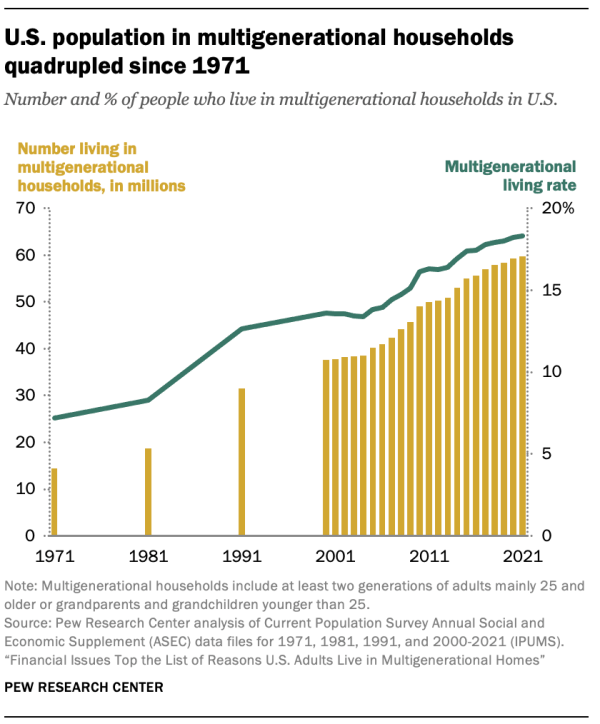
🌊 Climate - Floating architecture for a flooding world
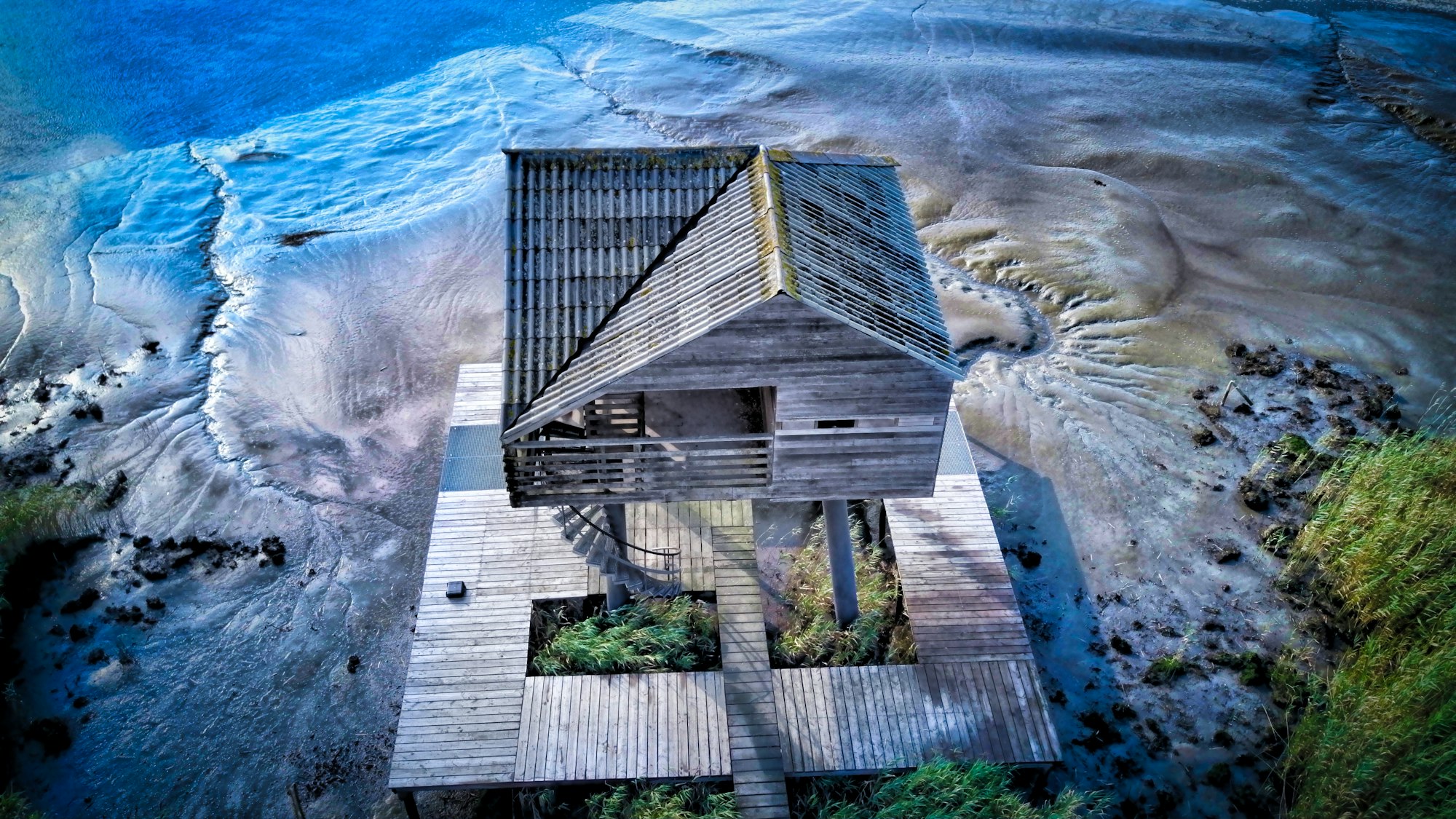
Around the globe, coastal and river delta communities are bracing for the rise of sea levels from climate change.
Koen Olthuis founder of Waterstudio has for two decades been creating increasingly ambitious floating architectures: individual dwellings, restaurants, hotels and more recently a floating forest in the Persian Gulf and a floating city in the Maldives. These structures float on foundations of hollow concrete forms tethered to rings on poles driven down into the submerged ground. This allows the structures to float up and down with changes in the water level.

Lessons from history
For thousands of years, communities (often vulnerable oppressed communities) around the world have been forced to find innovative ways to exist as floating societies. This broader view of the history of floating cities surfaces lessons for our own imminent future.


Here are 8 floating city projects taking shape around the world right now. One that bears specific mention: the Maldives Floating City - noted above as one of Koen Olthuis' recent projects - is part of the Maldives aspiration to be the world's first carbon neutral country (see their environmental statement here).
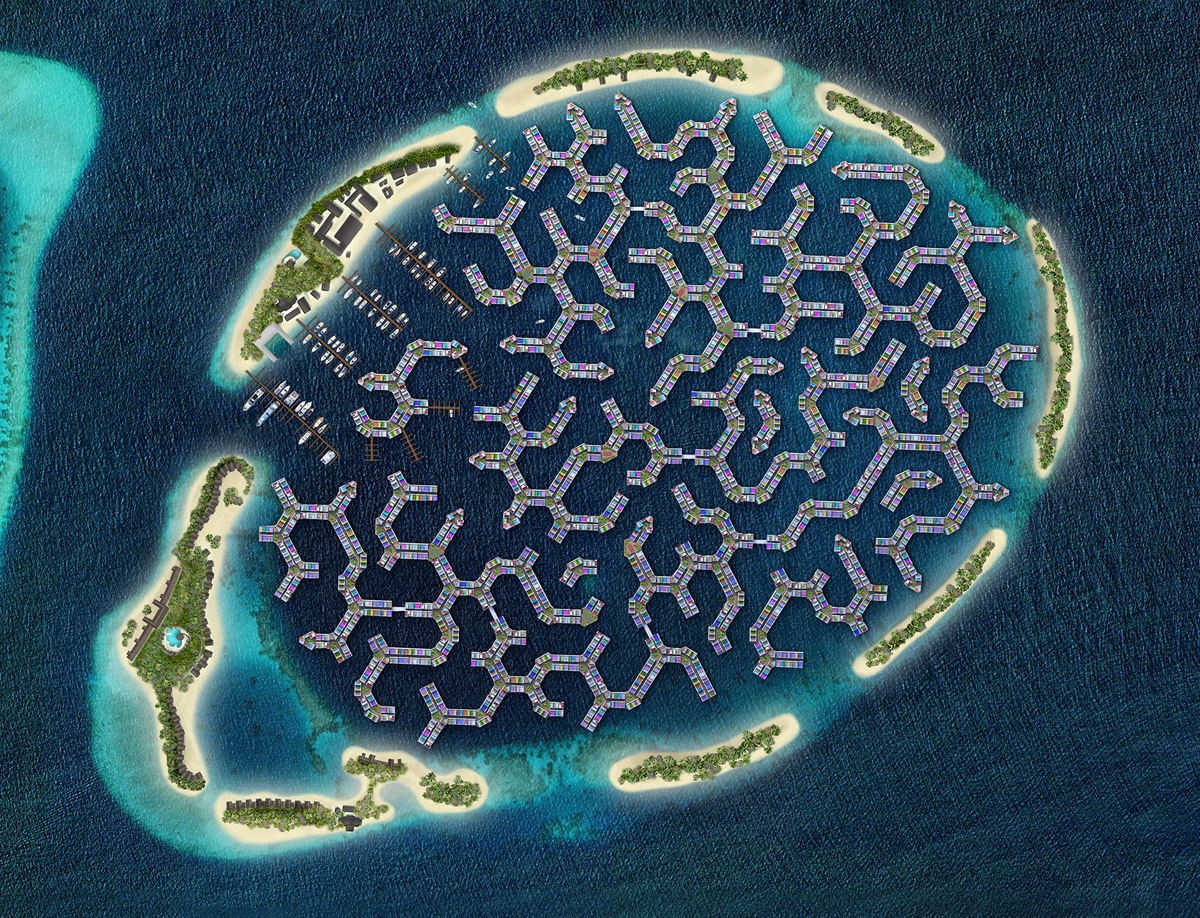

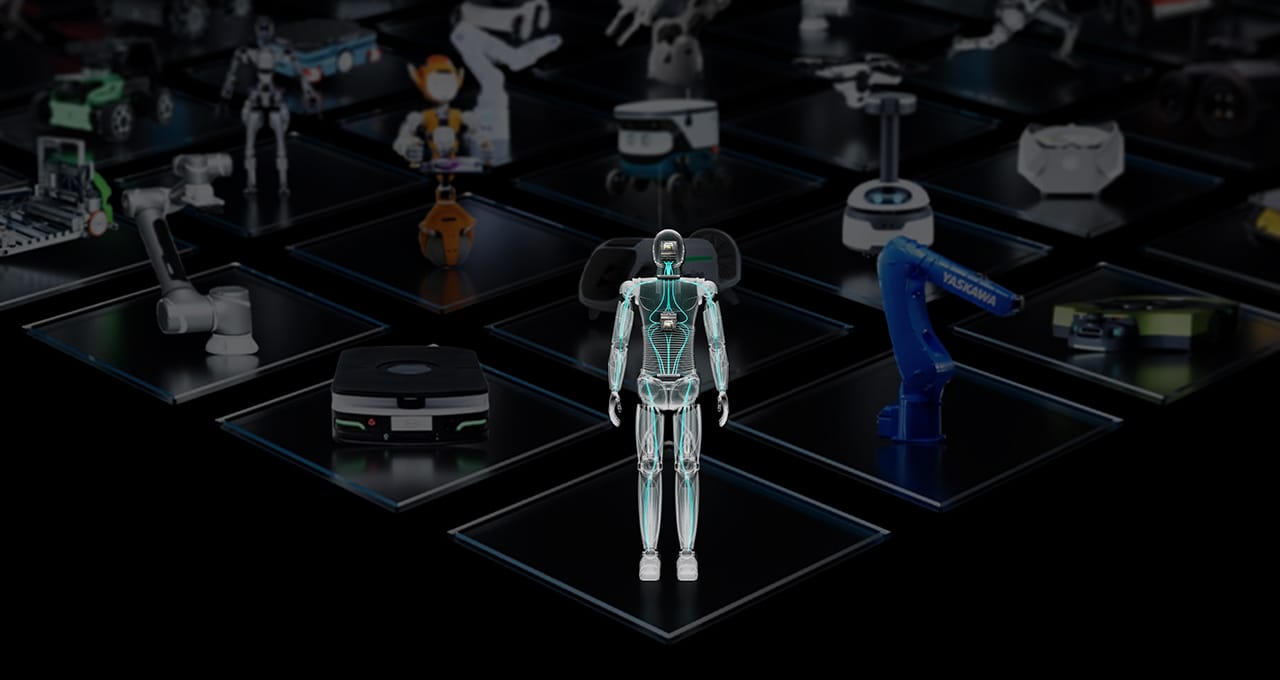
Gr00t - Humanoid Robots
Nvidia just unveiled Project Groot, or "Generalist Robot 00 Technology," which it positions as a foundation model for building humanoid robots.
This adds support to the expectation that that future robots can be soft and flexible in contrast to the shiny plastic or metallic hard shell designs seen thus far.
As noted previously in S3T, researchers at the University of Tokyo have successfully demonstrated a biohybrid robot that can move via live lab grown muscle tissues triggered by electrical pulses. While the initial demonstration was limited and slow, the robot was able to walk and pivot.
GPT adoption in US has a ways to go - as other nations move aggressively
43% of US adults under 30 have used ChatGPT. 23% of all US adults have used it. Expect this to accelerate as more companies roll out usage guidelines for employee use of AI tools.
Saudi Arabia plans to invest 40B in AI allegedly via partnership with Andreessen Horowitz (a16z).
MacroPolo is tracking global AI talent: where it originates, goes to school, and ends up working. China produces more AI undergrads (and keeps more of its post grad talent at home now than ever) but the US is still the top destination for career seekers.
Pig hearts, now pig kidneys
Surgeons at the Massachusetts General Hospital in Boston transplanted a genetically modified pig kidney into a patient for the first time. Researchers hope that the milestone procedure will one day become a standard replacement for dialysis and human kidney transplants.

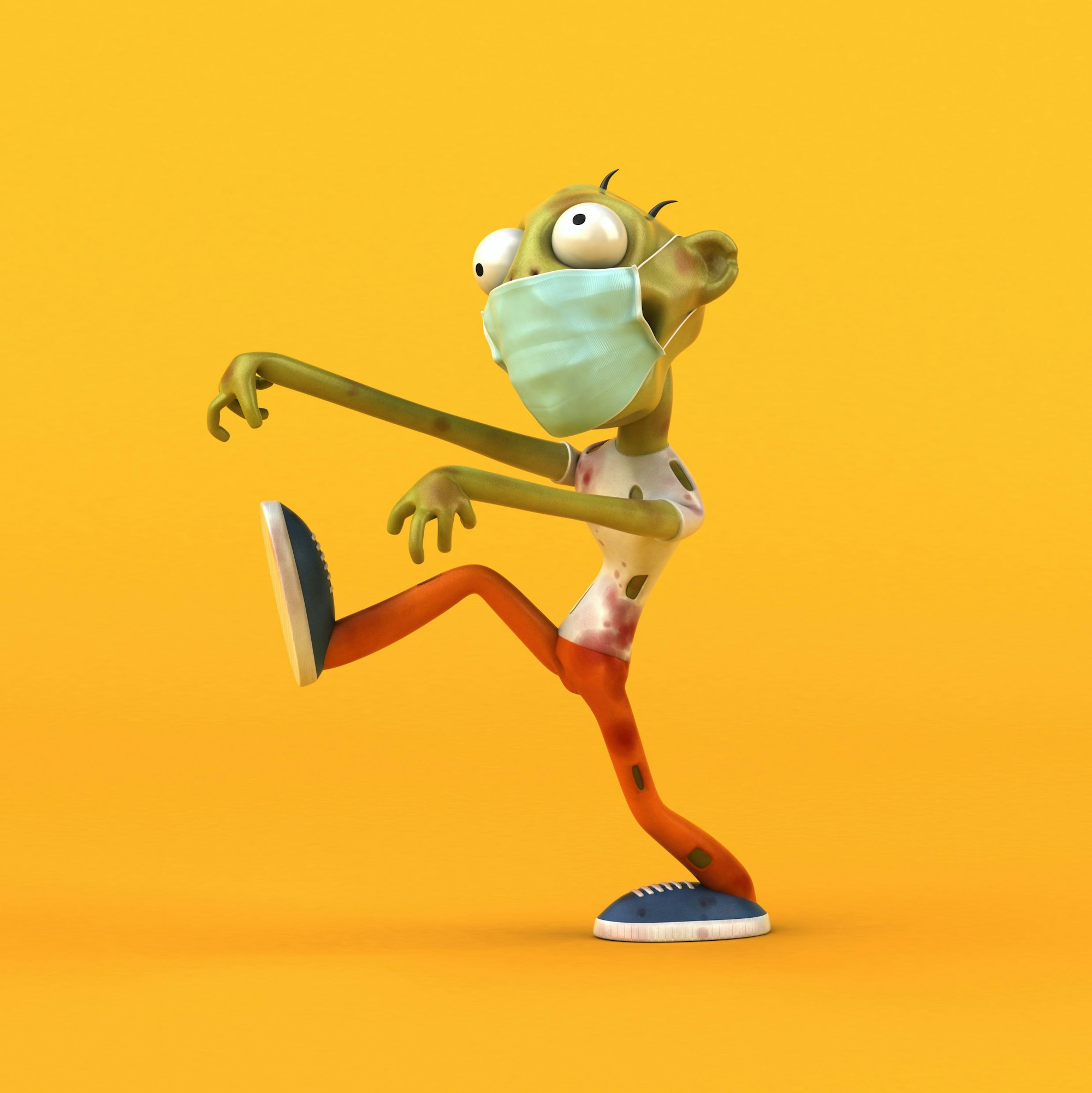
Special Feature: Zombie Projects
Zombie projects take on a life of their own when key stakeholders are allowed to develop unrealistic expectations - before qualified developers or engineers have had a chance to confirm what is actually feasible.
What are zombie projects?
Zombie projects are ideas - usually involving new or emerging technology - that actually can't succeed because something foundational is missing or insufficient, but proceed anyway and waste focus, talent, and money in the process.
Examples of missing or insufficient elements:
- Missing or insufficient data that prevents a viable useful AI solution from being created.
- Limitations in the available data or technology that prevents them from meeting the requirements.
- Lack of a clear use case that meaningfully meets a need for a customer.
- Lack of appropriately skilled talent to actually execute and implement the idea.
- Some other non-obvious issue or hidden flaw that removes success from the realm of possibility.
Because these issue are not obvious to most, ideation and planning discussions can snowball into overhyped expectations, premature commitments, then doomed-from-the-start budgets and resource plans.
Overhyped expectations die slowly, and often burn significant time and money in the process.
Understanding how zombie projects work
They don't just happen with GenAI. They relate to a dynamic that has been around for decades and impacted many of the hype cycles that came before.
- An initial spark of excitement: someone meets a vendor, attends a conference, reads tech headlines etc - and come away with an idea.
- People without direct line of sight into pivotal details share the idea and make commitments to leaders they hope to please/impress.
- Leadership sees a chance to create a badly needed win and agrees to sponsor, adding funding and legitimacy to an idea that has not been vetted.
- The rest of the team feels pressure to "just make it happen". At this point, any voice of reason who raises their hand to ask for an empirical approach is sidelined.
- Lots of meetings and discussions happen. The originally intended outcome does not. Over time attention shifts to something else.
If you understand how Zombie projects happen, and the social dynamics that drive them then you will be in a position to be voice of reason and trusted advisor in your organization. More importantly you can help your team avoid time sinks and focus on initiatives that have a chance at real world impact...
🧟 Paid Members Continue Reading Here
Related: S3T Framework for validating AI use cases
In the dynamic world of Gen AI, the ability to identifying legitimate and actionable use cases is becoming new crucial skillset for leaders.

Member discussion